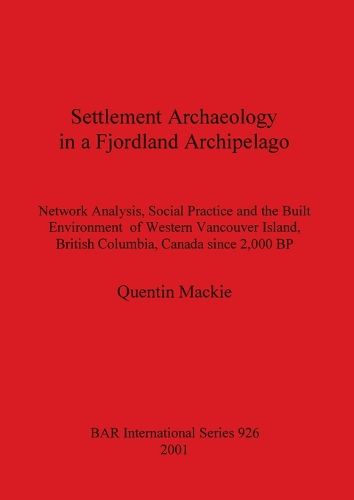Readings Newsletter
Become a Readings Member to make your shopping experience even easier.
Sign in or sign up for free!
You’re not far away from qualifying for FREE standard shipping within Australia
You’ve qualified for FREE standard shipping within Australia
The cart is loading…






This title is printed to order. This book may have been self-published. If so, we cannot guarantee the quality of the content. In the main most books will have gone through the editing process however some may not. We therefore suggest that you be aware of this before ordering this book. If in doubt check either the author or publisher’s details as we are unable to accept any returns unless they are faulty. Please contact us if you have any questions.
In this case study from Vancouver Island, the p-median model in a Location-Allocation analysis is applied to a network formed by transportation linkages between 238 habitation zones. It is shown that the more central places are also larger sites, but this pattern only occurs at a spatial scale difficult to reconcile with deliberate optimising behaviour. It is therefore concluded that this descriptive spatial geometry is irreconcilable with any plausible underlying generative social geometry based on either normative cultural rules or deliberate optimisation. Recognition that the built environment is an interrupted process rather than a planned, finished product, allows one to avoid ascribing to the inhabitants a totalised decision-set for site location and intensity of use based on the location-allocation solution sets. Instead, it is argued that the observed spatial patterning is better seen as the signature of long-term, wide-scale, practical activity of individuals within a landscape of habit.
$9.00 standard shipping within Australia
FREE standard shipping within Australia for orders over $100.00
Express & International shipping calculated at checkout
This title is printed to order. This book may have been self-published. If so, we cannot guarantee the quality of the content. In the main most books will have gone through the editing process however some may not. We therefore suggest that you be aware of this before ordering this book. If in doubt check either the author or publisher’s details as we are unable to accept any returns unless they are faulty. Please contact us if you have any questions.
In this case study from Vancouver Island, the p-median model in a Location-Allocation analysis is applied to a network formed by transportation linkages between 238 habitation zones. It is shown that the more central places are also larger sites, but this pattern only occurs at a spatial scale difficult to reconcile with deliberate optimising behaviour. It is therefore concluded that this descriptive spatial geometry is irreconcilable with any plausible underlying generative social geometry based on either normative cultural rules or deliberate optimisation. Recognition that the built environment is an interrupted process rather than a planned, finished product, allows one to avoid ascribing to the inhabitants a totalised decision-set for site location and intensity of use based on the location-allocation solution sets. Instead, it is argued that the observed spatial patterning is better seen as the signature of long-term, wide-scale, practical activity of individuals within a landscape of habit.